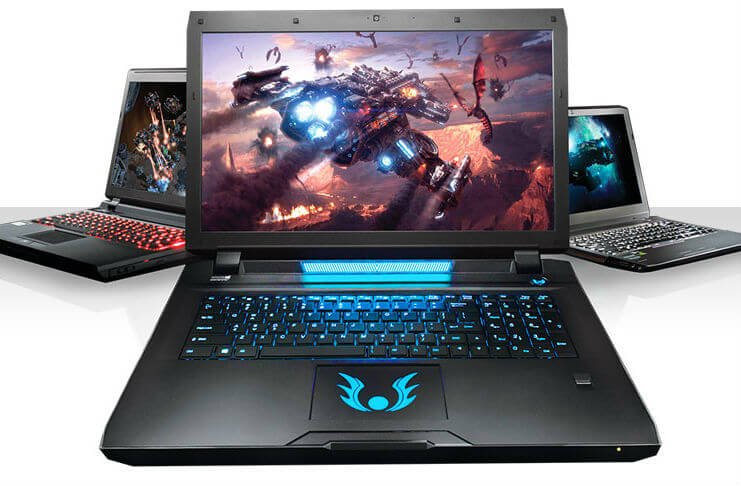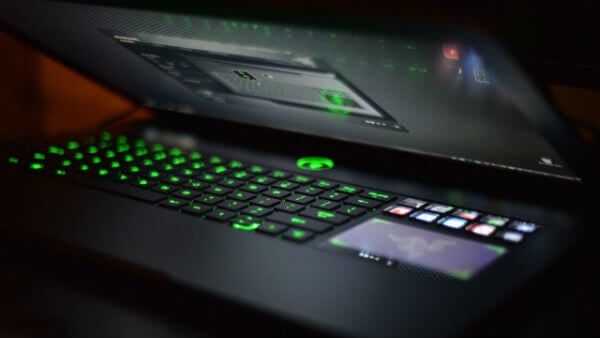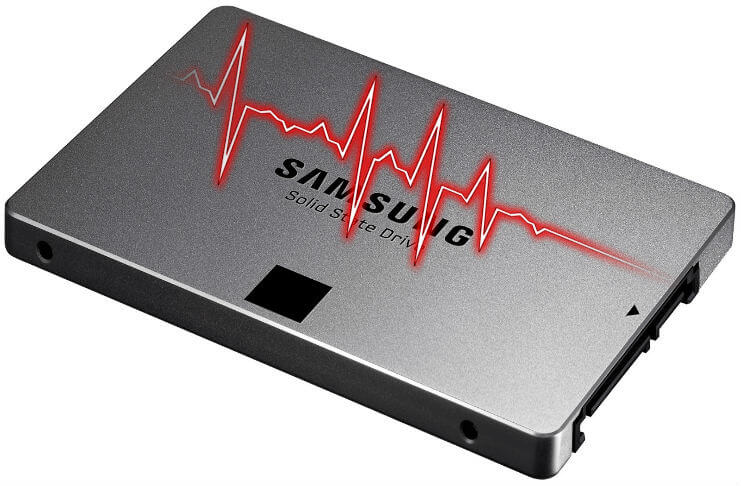Thanks to technology, however, the gap between desktop and laptop gaming is closing fast. In the current market, there are notebooks capable of playing virtually any title at high resolutions and decent framerates. And although you’ll still have to go the desktop way if you want the best performance that money can buy, it’s hard to ignore the convenience that laptops offer in the form of portability and space efficiency. Consequently, many gamers opt for a laptop when out shopping for a new rig. Gaming notebooks don’t come cheap, but because of the many choices available, anyone is likely to find a machine that suits their budget. To customers, therefore, knowing what to look for in a gaming laptop often proves more challenging than raising the money. So, how do you know that the computer you buy will tick all the boxes on your checklist? Well, the answers are all in the hardware. Below are the parts to consider when buying a gaming laptop:
1, GPU for Gaming Laptop
The GPU is akin to the heart of your gaming experience on any PC. Most all-purpose and ultraportable notebooks come with integrated GPUs, which are graphics processing chipsets directly embedded onto the CPU. Integrated graphics processors have their advantages, most importantly power efficiency, but even the latest ones pale in comparison to the average dedicated GPU. Your gaming laptop of choice should, therefore, have a dedicated graphics card. Here, you have two options: NVIDIA GeForce and AMD Radeon. Currently, the best rigs come with NVIDIA’s 10-series cards – particularly GTX 1060, 1070 and 1080 – capable of rendering demanding games in high resolutions, framerates, and detail. If your budget isn’t that accommodating, however, you can scale down to the GeForce 900M region or AMD’s 400M cards to get acceptable performance at tolerable price tags.
2, Casing
A laptop’s outward appearance might not mean much to some users, but to a gamer, it’s an important consideration. The design will determine how you present your newly-acquired gaming notebook to the world. When out shopping, pick out one that reflects your personality. Gamers tend to go for the bold designs, with sharp edges and striking colors, and some manufacturers even go the extra mile, to offer custom skins for added flair. On the flip side, the most brilliantly designed laptops are also the most expensive. If you’re on a budget, therefore, it’s perhaps best not to get picky. Keep in mind that it’s what’s inside that will have the most influence on your gaming experience, and not the laptop’s appearance.
3, Gaming Laptop Display
Gaming is essentially a visual activity, which means that the screen should be among the first things you check when choosing a gaming laptop. Regardless of the price tag, anything with less than Full-HD resolution is not worth your time. If your wallet allows it, reach for the stars and grab one with a QHD or UHD display. But remember, high resolutions typically demand top-of-the-range internal hardware. You’ll need more than just a 4K screen to play games in 4K resolution.
4, Keyboard and Mousepad
You can disregard the touchpad because you’ll very likely need to buy an external mouse for any real gaming. The keyboard, however, requires keen attention. If you can, get to the store and try it out before you buy the laptop. Top-range rigs have keyboards that are specifically tailored for gaming, with features like mechanical-styled pressing, multi-colored backlighting, and additional programmable keys.
5. Speakers
Laptops, even the most expensive, aren’t known to offer excellent sound quality. Nonetheless, don’t keep your expectations too low. For starters, be mindful of the speakers’ position. If they’re underneath the chassis facing down, the chances are high that they won’t be loud enough, especially when the laptop is on a desk. Gaming laptops usually have speakers facing upwards. Additionally, check the specifications and look for statements like “Powered by Dolby” or “DTS surround.” The involvement of a reputed audio company is a good indication that the sound quality is great.
6. Connectivity
Among the strengths that give desktops an upper hand over laptops is versatile connectivity. That, however, isn’t to say that you won’t find a notebook with a comprehensive set of ports. The gaming laptop you choose should have at least three USB ports, with at least one of them being USB 3.0. Laptops have relatively small screens, so you’ll also want a Mini DisplayPort or HDMI port to connect a larger external monitor. Moreover, a wireless card may be installed, but an Ethernet port is also needed to provide reliable and uninterrupted internet connectivity for online gaming. Other ports, like SD card slots and VGA-out, are not a necessity but they’re still pleasant to have.
7. Gaming Laptop CPU
AMD might seem like a befitting choice, but when it comes to gaming, you’re far better off with an Intel Core i-series processor. Today, the ideal gaming laptop packs at least a 6000-series quad-core Intel Core i5 CPU. But, if the laptop you’re eyeing has a high-end graphics card, you can get away with a dual-core Intel Core i3 or Core i5 chip. However, pay extra attention to the processor’s model number and its suffix letter. Intel’s U- and Y- edition chips are designed for thin, light and power-efficient notebooks meant only for document processing and web browsing, while the M-range is native to all-purpose laptops. For the best gaming performance, choose a laptop whose CPU model number ends with an “H” or “HQ.” The Intel Core i5 6300HQ, for example, is a high-performance 6th generation quad-core processor.
8. RAM
Because your GPU will come with VRAM, the laptop’s primary memory is one of the few things you can afford to overlook. 8GB is the minimum amount a gaming notebook should have but, if a laptop ticks all the right boxes, don’t let inadequate RAM be a deal breaker. You can easily and cheaply upgrade by buying a stick and installing it yourself.
9. Secondary Storage
Customers looking for a gaming laptop are often at a crossroad regarding secondary storage. On the one hand, there’s the choice of an optical hard disk drive (HDD), which although traditional, offers ample space for all your games. And, on the other, is new solid-state drive (SSD) technology that, despite providing less space, promises faster game startups and loading times as well as a general improvement in system performance. So, the choice here depends on your preferences and your budget. If you’re hard-pressed for cash and wouldn’t mind waiting a few minutes for a game to load, a 1TB HDD with 7,200-rpm speed is the option for you. Otherwise, you can buy an external SSD hard drive along with your SSD-equipped rig and only use the SSD to store your favorite, frequently played titles. The most reasonable option is, undoubtedly, a gaming laptop that has both an SSD and an HDD on board. And if money’s not a problem, go for a premium rig with a 1TB SSD.
10. Battery
Battery life may be a major concern among other laptop shoppers, but not gamers. Because of the robust and power-hungry internal components, you won’t find a gaming notebook with a more than half-decent battery. If the rig can last three hours on a single charge, take it. It’s probably the best you’ll get. Laptops come in different shapes, forms and sizes, and for different users and tasks. Knowing what to look for is, therefore, crucial if you want the gaming laptop that will perfectly fit your requirements. This is a sponsored article.
Δ




